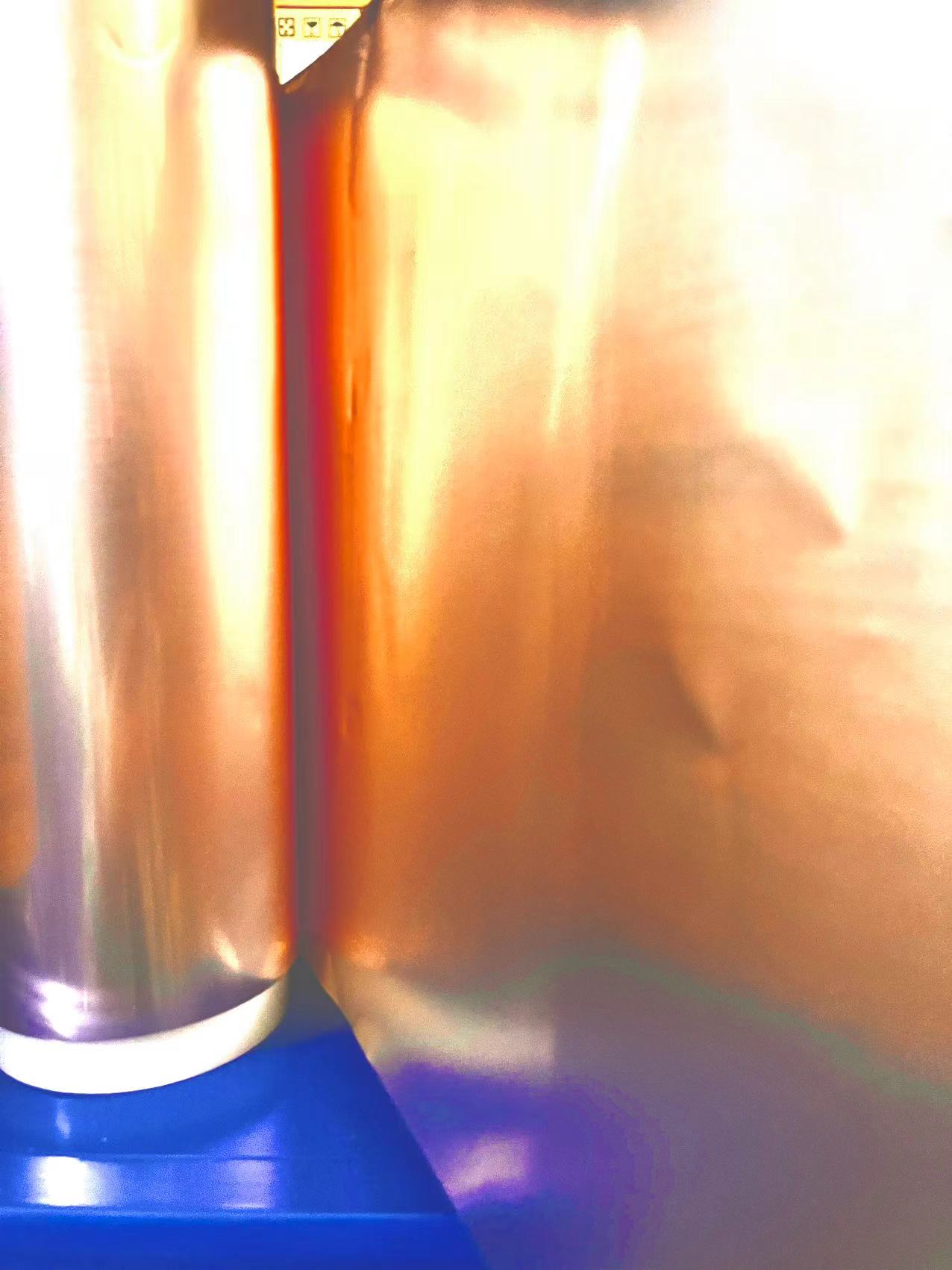


Choosing the appropriate FPC (Flexible Printed Circuit) material requires considering the following factors:
1. Substrate materials: Common substrate materials include polyimide (PI), polyester (PET), etc. PI has good high-temperature resistance and mechanical strength, while PET is more cost-effective. Select appropriate substrate materials based on the working environment and requirements of the product.
2. Copper foil thickness: Thicker copper foil can provide better conductivity, but it will increase cost and FPC thickness. Thin copper foil is lighter, but may be slightly less conductive. Select the appropriate copper foil thickness based on the power and signal requirements of the circuit.
3. Cover layer material: The cover layer can protect the circuit and improve reliability. Common covering materials include polyimide, acrylic acid, etc. Choose covering materials with good insulation performance, heat resistance, and chemical corrosion resistance.
4. Flame retardant performance: If FPC is applied in situations that require flame retardancy, such as automobiles or electronic devices, it is necessary to choose materials with good flame retardant performance.
5. Cost factors: The prices of different materials may vary, and cost factors need to be considered while meeting performance requirements.
6. Reliability and Durability: Select materials that can meet reliability and durability requirements based on the product's service life and working environment.
In addition, it is necessary to consider factors such as the compatibility between FPC materials and other components, as well as the feasibility of production processes. When selecting FPC materials, it is best to have sufficient communication with suppliers to understand the characteristics and application scenarios of different materials, in order to make a wiser choice